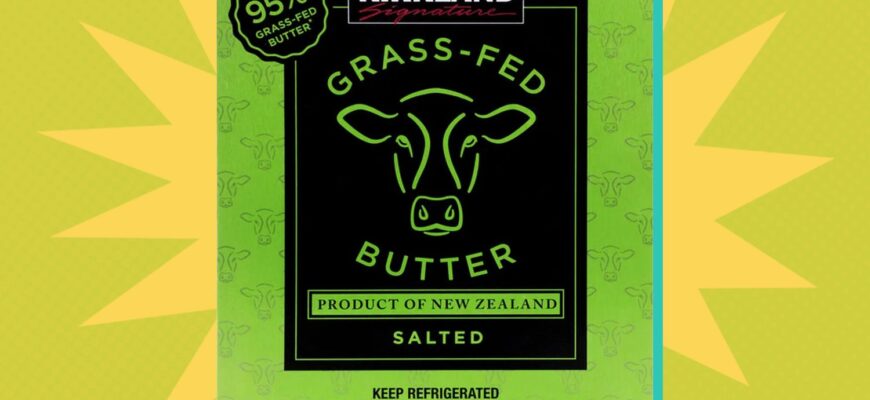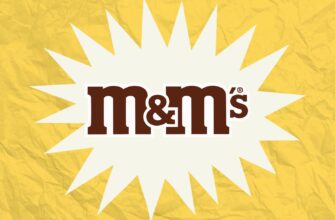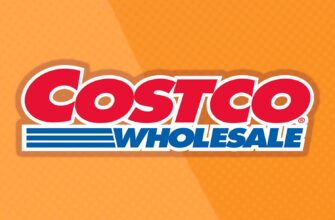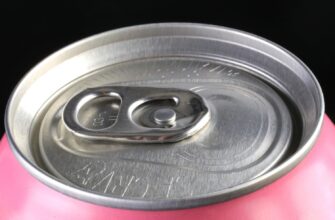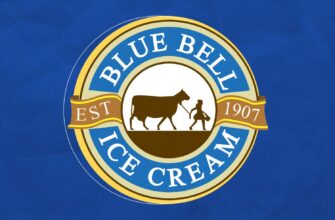Close
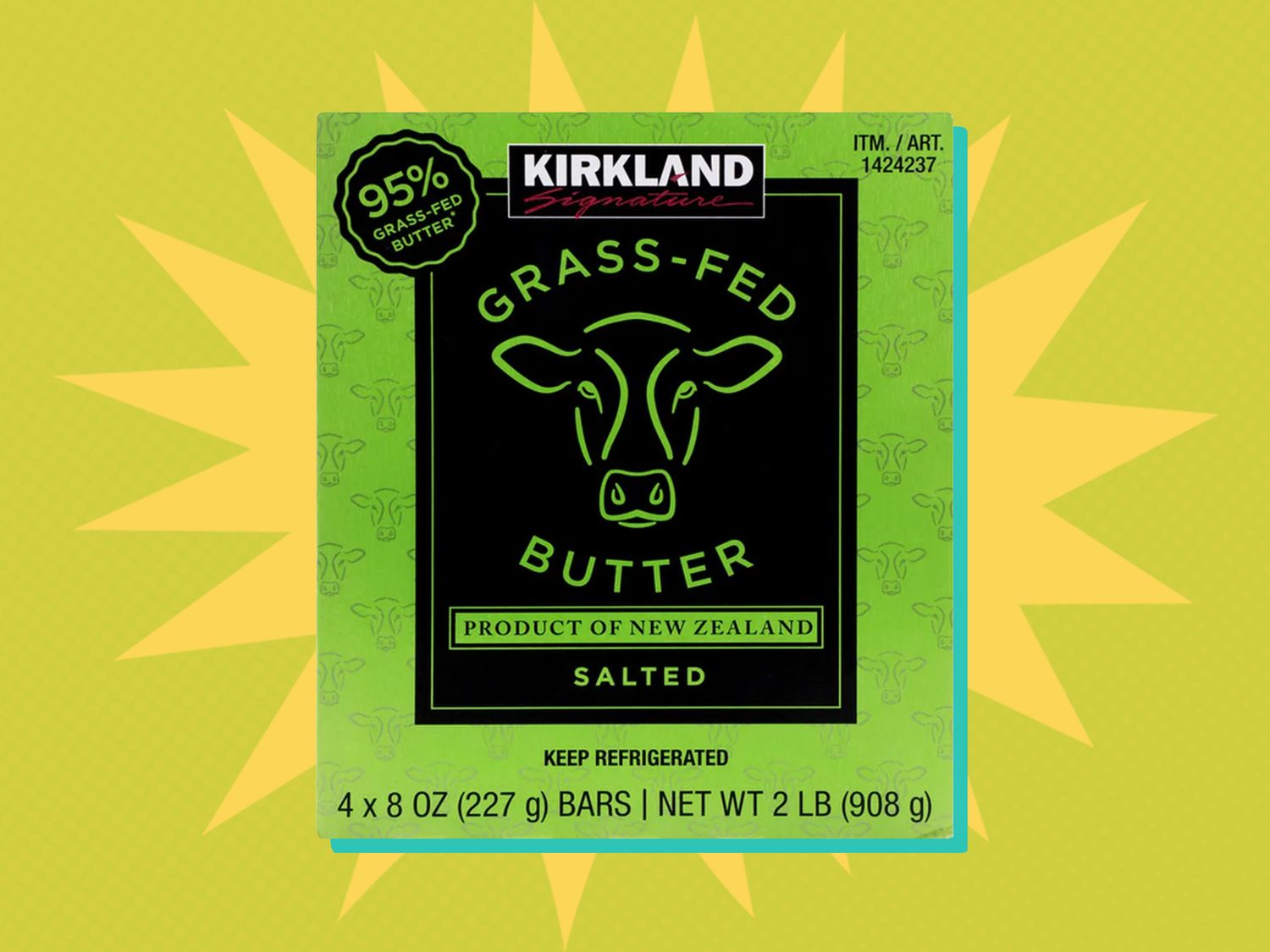
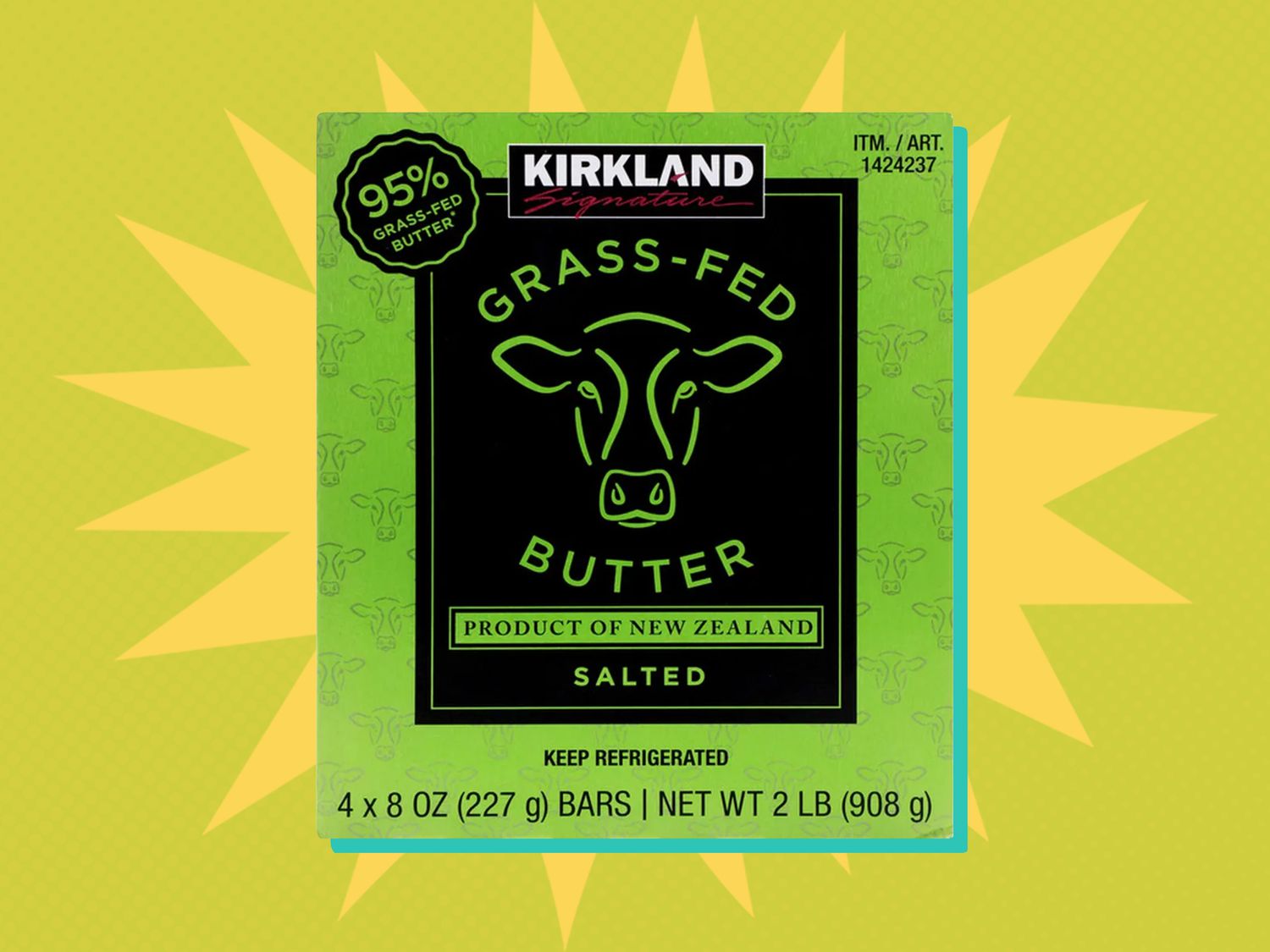
Photo:
Instacart / Allrecipes
Warehouse giant Costco might not be the first place that comes to mind when you hear the words “luxury” or “indulgence,” but their butter—specifically the Kirkland Signature Grass-Fed label—hits those marks.
Creamy, versatile, and affordable, this dairy product ranks high on the list of Costco items with a cult following. Some say the European-style butter is similar to Kerrygold, and some like it even better. But who makes this butter, and why is it so good?
Where is Kirkland Signature Grass-Fed Butter Made?
It might surprise consumers to know their favorite schmear is made in a completely different hemisphere.
In 2021, Costco began collaborating with Westland Milk Products in Hokitika, New Zealand, to create the signature butter. The milk is sourced from about 400 local farms with grass-fed cows.
How Is Kirkland Signature Grass-Fed Butter Made?
The milk for Kirkland’s butter is collected daily from the farms and then shipped to the Westland Milk Products factory. From there, it’s pasteurized, separated, chilled, and churned using the Fritz churn method, a time-honored, hands-on traditional European method of making butter. During churning, the fat content of the cream doubles, creating a smooth consistency in the quality and taste of the product.
What Does Grass-Fed Really Mean?
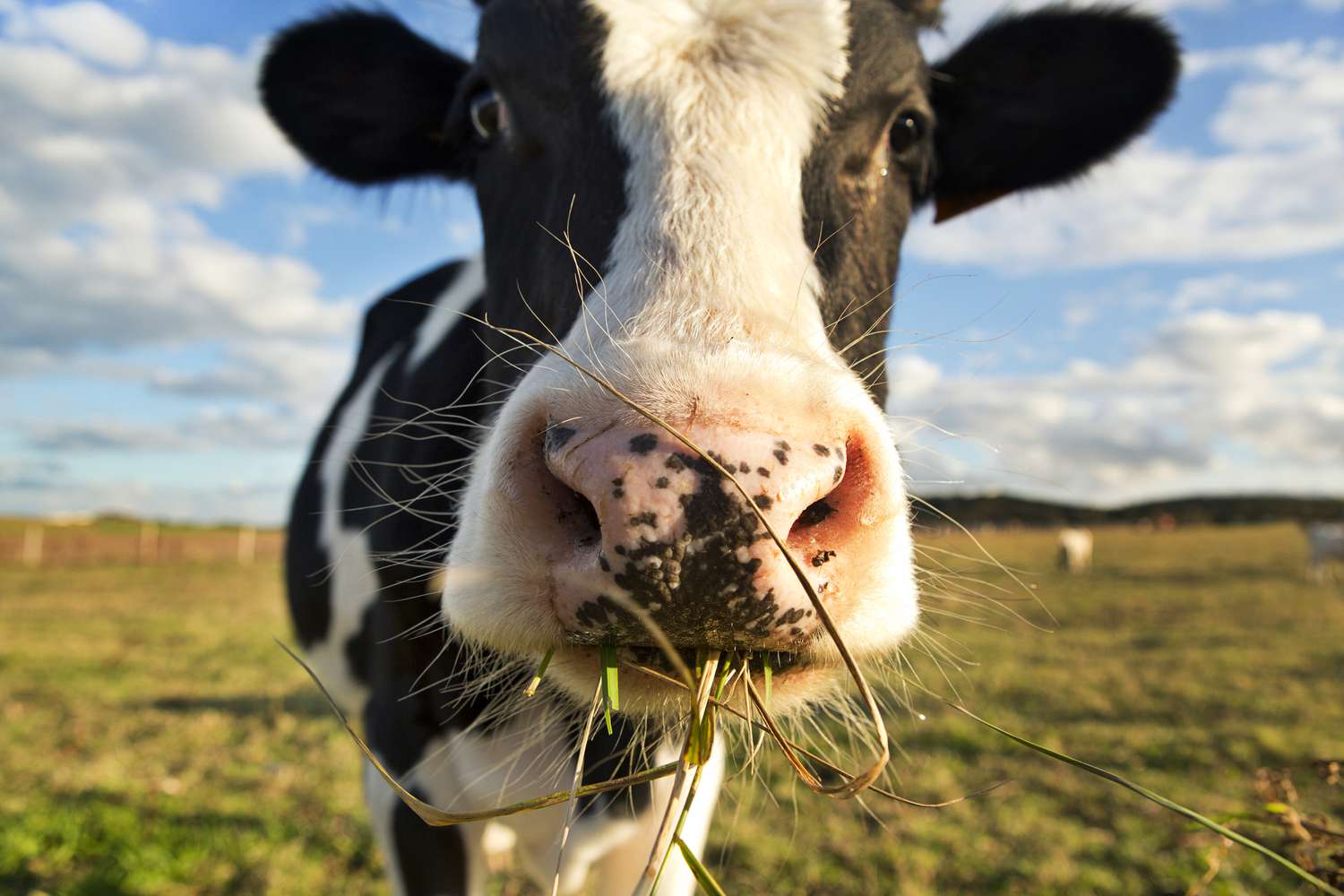
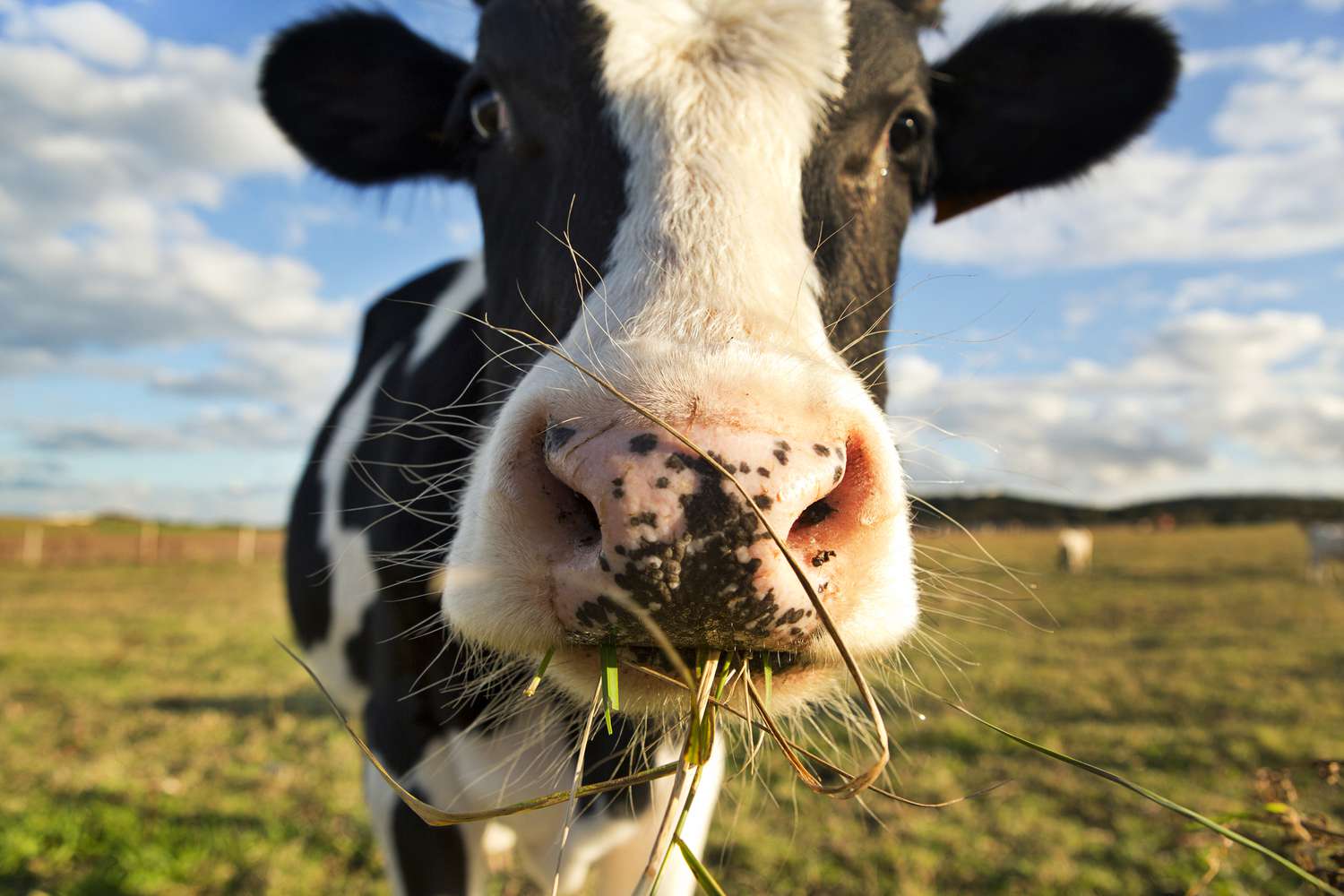
Tony C French / Getty Images
According to the USDA, grass- or forage-fed means the animal’s diet solely consists of grass and the cows cannot be fed grain or grain byproducts. The cows are also required to have continuous access to pasture during the growing season. Globally, no regulations currently exist for the percentage of grass that must make up a cow’s diet in order to label their products as grass-fed.
Is Grass-Fed Butter Better for You?
In moderation, grass-fed butter does contain more potential benefits in a balanced diet. Hamish Yates, general manager of sales and marketing at Westland Milk Products states that the butter is a good source of vitamin A and contains considerable levels of fatty acids that may help reduce body fat and build muscle mass.
Studies align with Yates, showing that milk from grass-fed cows tends to be higher in omega-3 fatty acids. One study in particular put it at more than 25 percent higher than regular butter. That’s more than enough reason for us to keep using butter in our cooking—and if we are, why not save a few bucks with a brand that’s just as good as some of the pricier players in the field?
Was this page helpful?
Thanks for your feedback!
Tell us why!
Other
Submit
